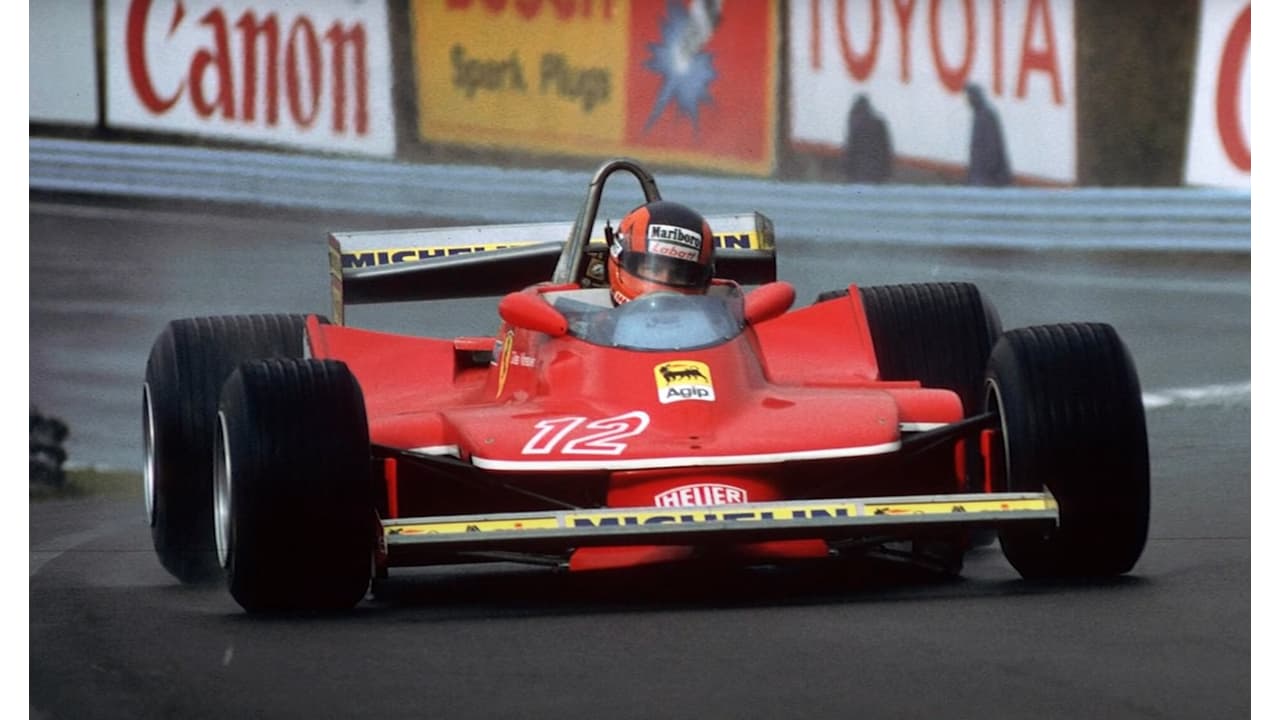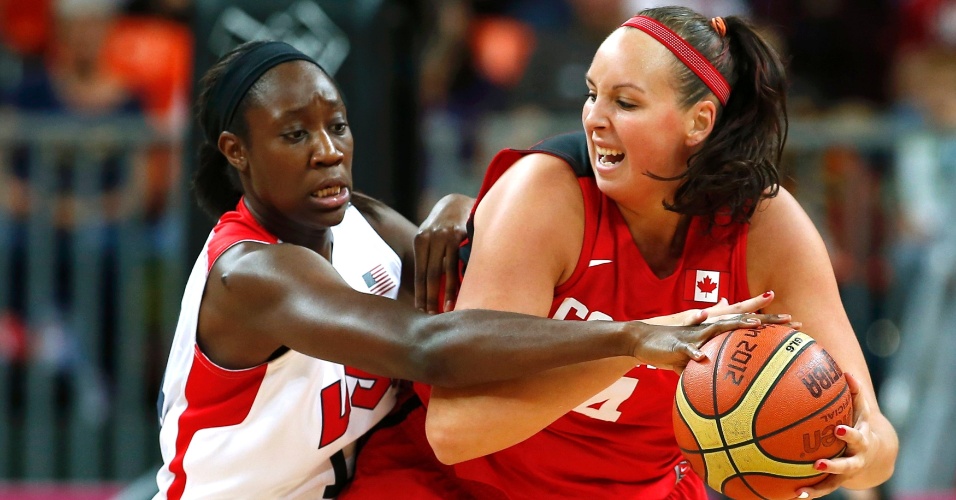The city of Montreal will host another edition of the Canadian GP this weekend. The circuit is named after Canadian Gilles Villeneuve, a very important name in Formula 1. Even without a large number of victories and titles, his driving style has won the hearts of many fans and has become one of the most iconic names in Ferrari.
Despite being one of motorsport’s greatest legends, Gilles, who died in 1982 at the age of 32, is lesser known to the younger audience who follow F1. His family name has returned to the track, thanks to his son Jacques, who drove for Williams and was F1 champion in 1997.
➡️ Follow Lance! on WhatsApp and follow the main sports news in real time
THE BEGINNING
Born in 1950, Gilles began his career in motorsport in the 1970s, still in Canada, in snowmobile competitions. He then moved on to single-seaters, with stints in Formula Ford and F-Atlantic and from the start, he began to stand out with his driving.
At 25, the Canadian was Formula Atlantic champion in his first year. The following year, he repeated the feat and won again. This race impressed everyone around him, as he beat a legendary figure of F1, the British James Hunt, who also appreciated the rookie’s performance and invited him to participate in the British GP, at Silverstone.
The first team to give the opportunity was McLaren, in 1977 Villeneuve competed with the M23 model, quite outdated at the time. Despite the difficulties, he managed to finish ninth, ahead of Jochen Mass, permanent driver of the British team, who was racing with a better car, the M26. The Canadian crossed the checkered flag in 11th place and that was enough to attract the attention of the teams.
➡️ Alonso lets Aston Martin dream and leads FP2 of the Canadian GP. Verstappen breaks down
WAS FERRARI
The man who was most attracted to Gilles’ driving style was none other than Enzo Ferrari. The owner of the world’s largest automobile brand appreciates the driver’s aggressiveness and audacity, which he says reminds him of the legendary Italian Tazio Nuvolari, winner of 24 Grands Prix and the 24 Hours of Le Mans. Then, Jody Scheckter was invited to join the Scuderia.
The 1978 season was marked by the young rider’s learning, even with positive results like his first podium, a third place in Austria and his first home win, there were many retirements due to mistakes and accidents. Even with the problems and being overshadowed by his team partner, Carlos Reutemann, the team understood that he was still evolving.
The end of the 70s for Gilles and Ferrari was a period of change, with a solid fleet of models in the 312T range, the team had lost two great references at the wheel, Niki Lauda in 1977, and Reutemann in 1978. To keep the Quebec citizen company Ferrari called on Jody Scheckter, who came from the Wolf team.
THE CHANCE OF THE TITLE
The following year, Villeneuve started the season strongly with victories at Kyalami and Long Beach to take the lead in the championship. However, his teammate managed to impose himself throughout the duel, opening up an advantage at the top of the table and clinching that year’s title with two races remaining, what had initially been a dream for the Canadian, became a nightmare.
Even with the season-ending victory at Watkins Glen guaranteeing Villeneuve second place, this moment proved to be his greatest chance of challenging for an F1 title.
THE MYTH
Gilles’ title-less run didn’t stop him from being a memorable figure in the category, his driving style becoming a perfect fit for Ferrari. Results mattered of course, but his wild driving style overshadowed the media results, falling in favor of the tifosis (Ferrari fans) and Enzo himself.
Several events symbolise this style. The 1979 French GP is a good example, the Canadian was racing side by side for second place with René Aunox and Villeneuve won.
THE DISAGREEMENT AT IMOLA
The 1982 season, in addition to being one of the most atypical years in the history of F1, was also the time of Gilles’ intrigues with his teammate Didier Pironi. That year, at the San Marino GP, marked by the political conflict between FISCA (International Federation of Sport Cars) and OFCA (Constructors’ Association), only 14 cars took the start. The Canadian fought with Pironi, but was irritated because the Frenchman did not respect the team’s order not to fight for position.
At the end of this race, Pironi won and Villeneuve felt betrayed. This problem was so deep for the first Ferrari driver that he asked to change teams and even appealed and opened negotiations with Williams. However, this is not what happened after all.
THE TRAGIC FAREWELL
Two weeks later, the category reached the Belgian GP, which took place in the town of Zolder. May 8 of the same year was tragic for F1. In the last minutes of qualifying, Villeneuve tried to set a better time, being below his teammate Pironi, but he crossed the March of Jochen Mass and hit the rear of the German who was driving at low speed.
Gilles was thrown and took off at over 220 km/h and at 9pm local time he was pronounced dead, due to numerous general injuries, including neck fractures.
His career in motorsport is summarized, in addition to 67 starts, six victories and a runner-up. Gilles’ legacy is marked by an aggressive and fearless driver, a charismatic figure who laughed when he heard the word limit. His character enchanted fans and rivals even without major titles, one of the characters who contributed most to Formula 1.

“Evil pop culture fanatic. Extreme bacon geek. Food junkie. Thinker. Hipster-friendly travel nerd. Coffee buff.”






:strip_icc()/i.s3.glbimg.com/v1/AUTH_da025474c0c44edd99332dddb09cabe8/internal_photos/bs/2024/x/2/N6XJkFRYWxJY6hAeUEtw/betty2.png)
